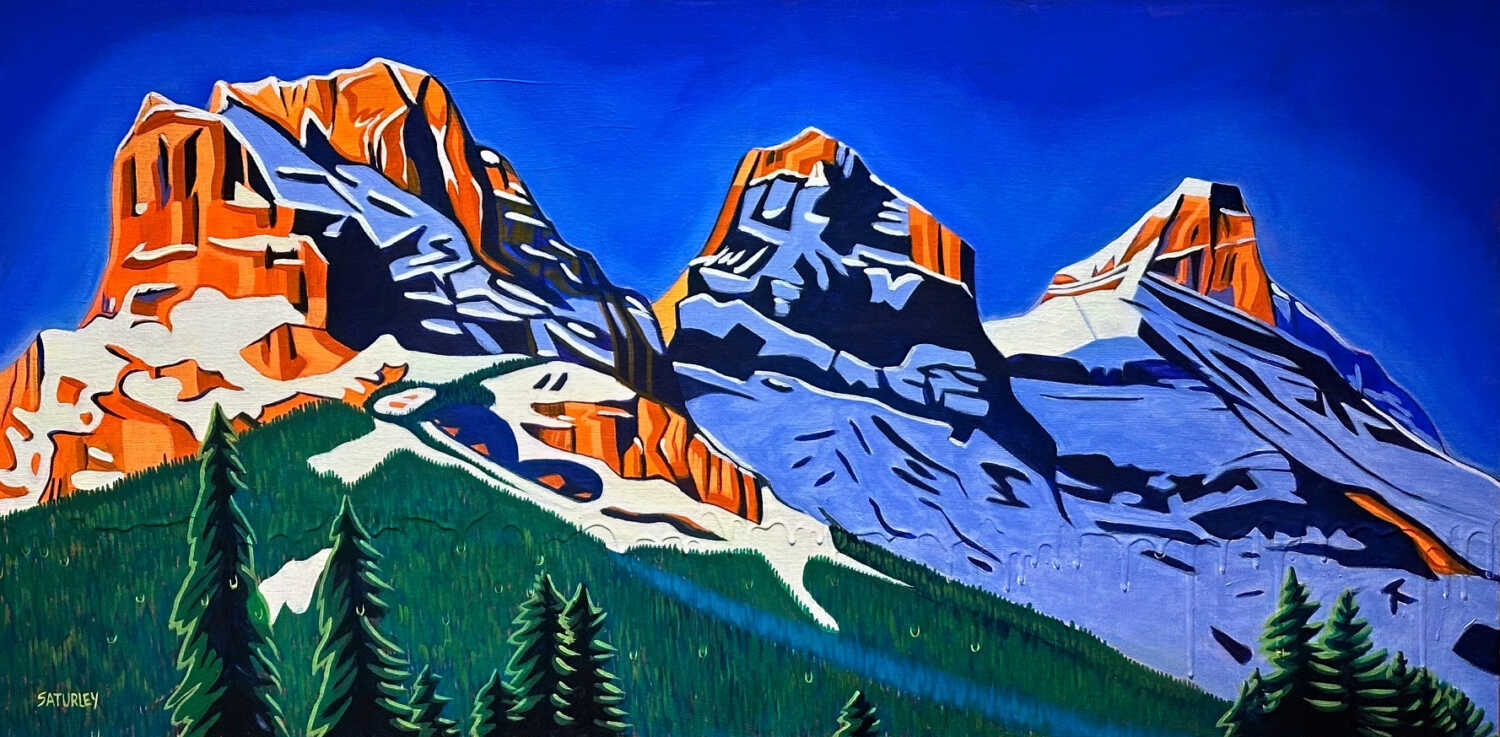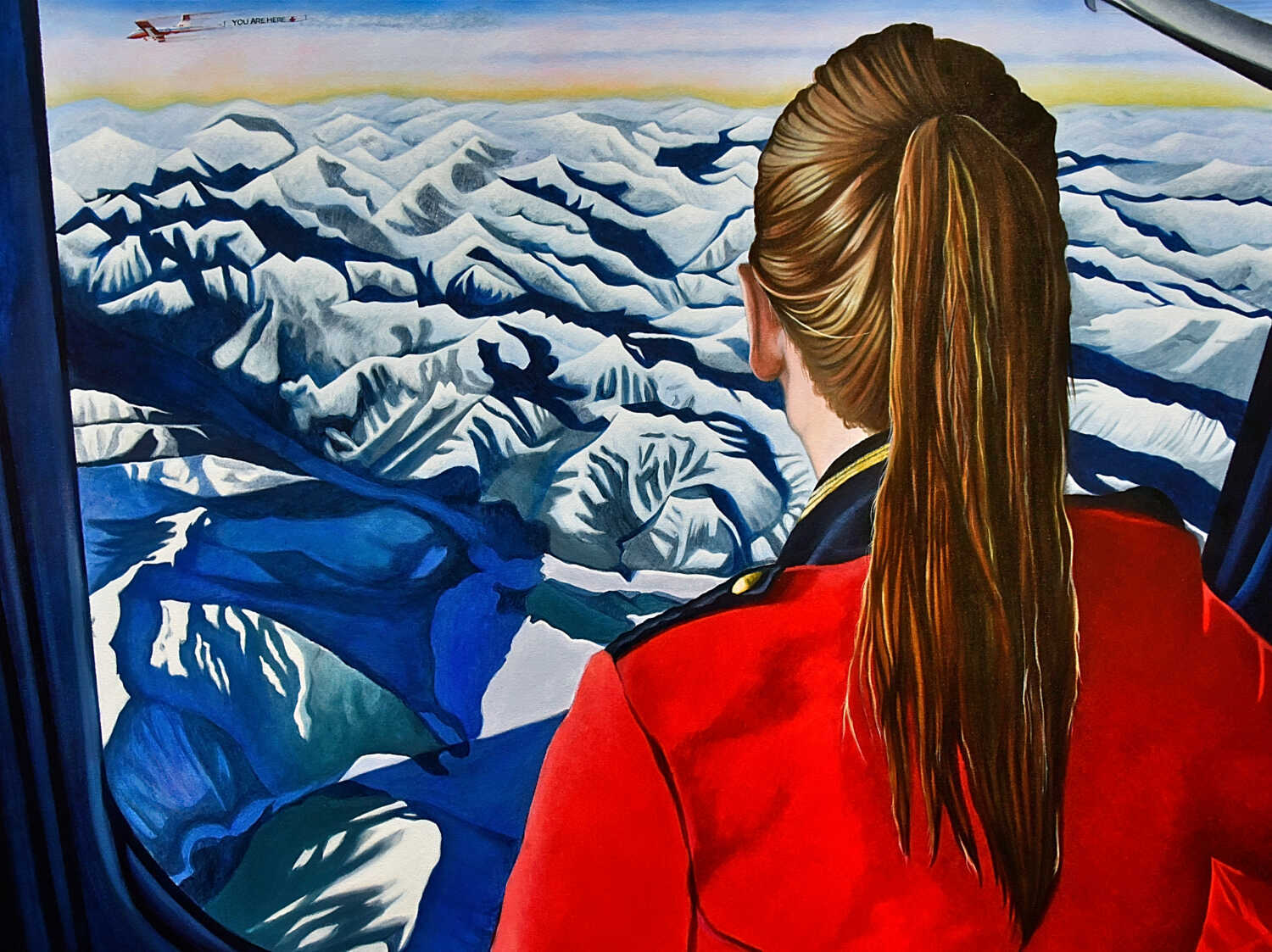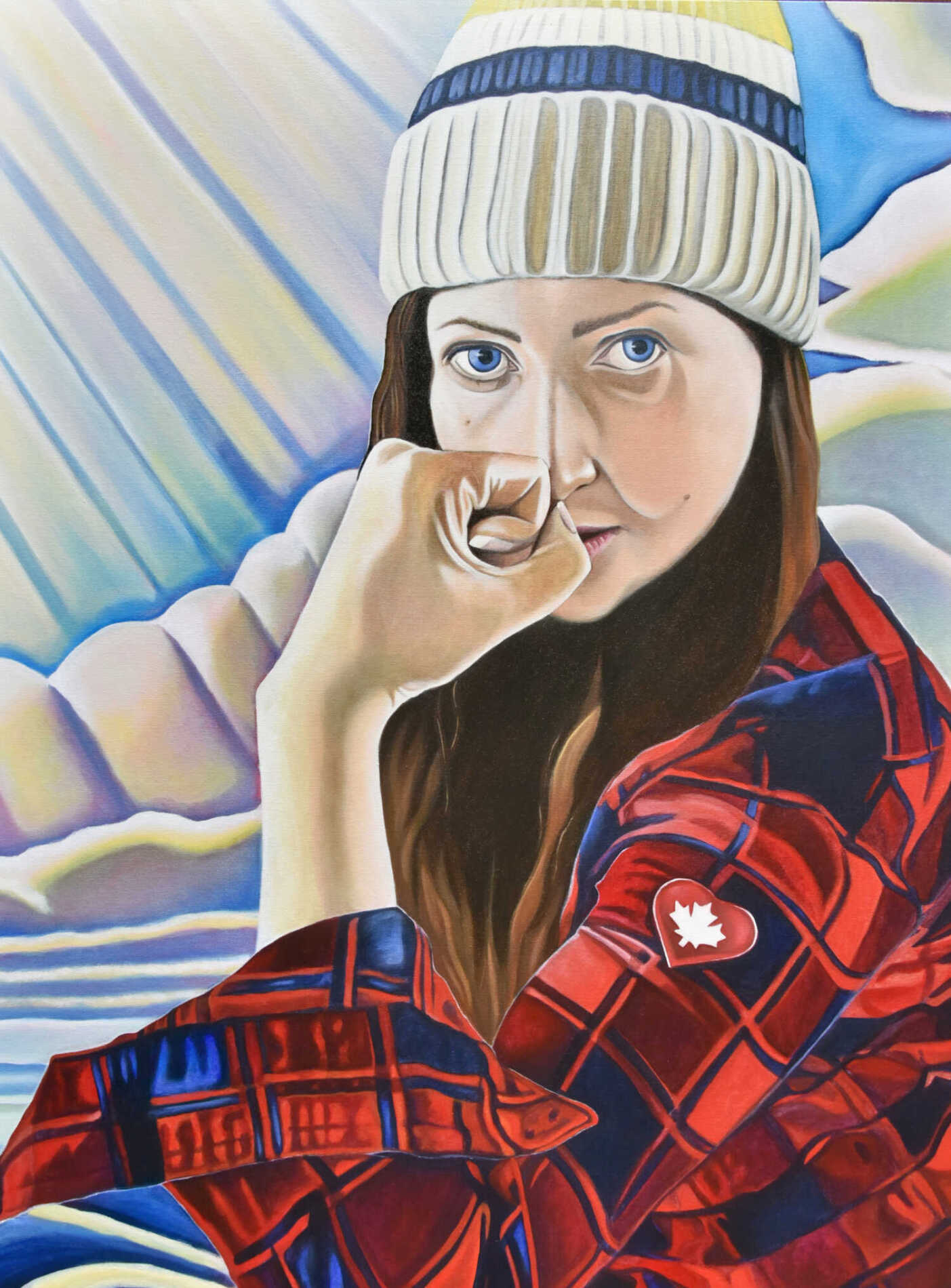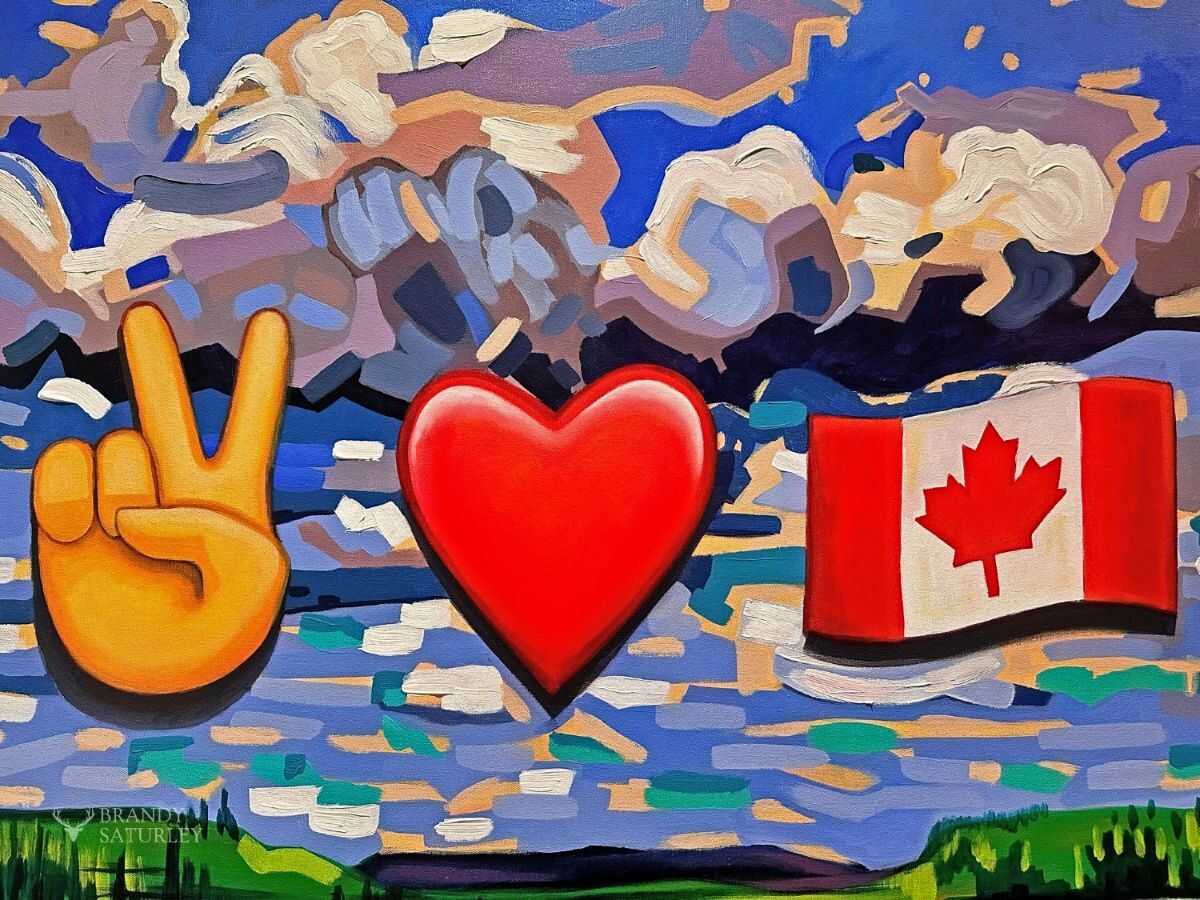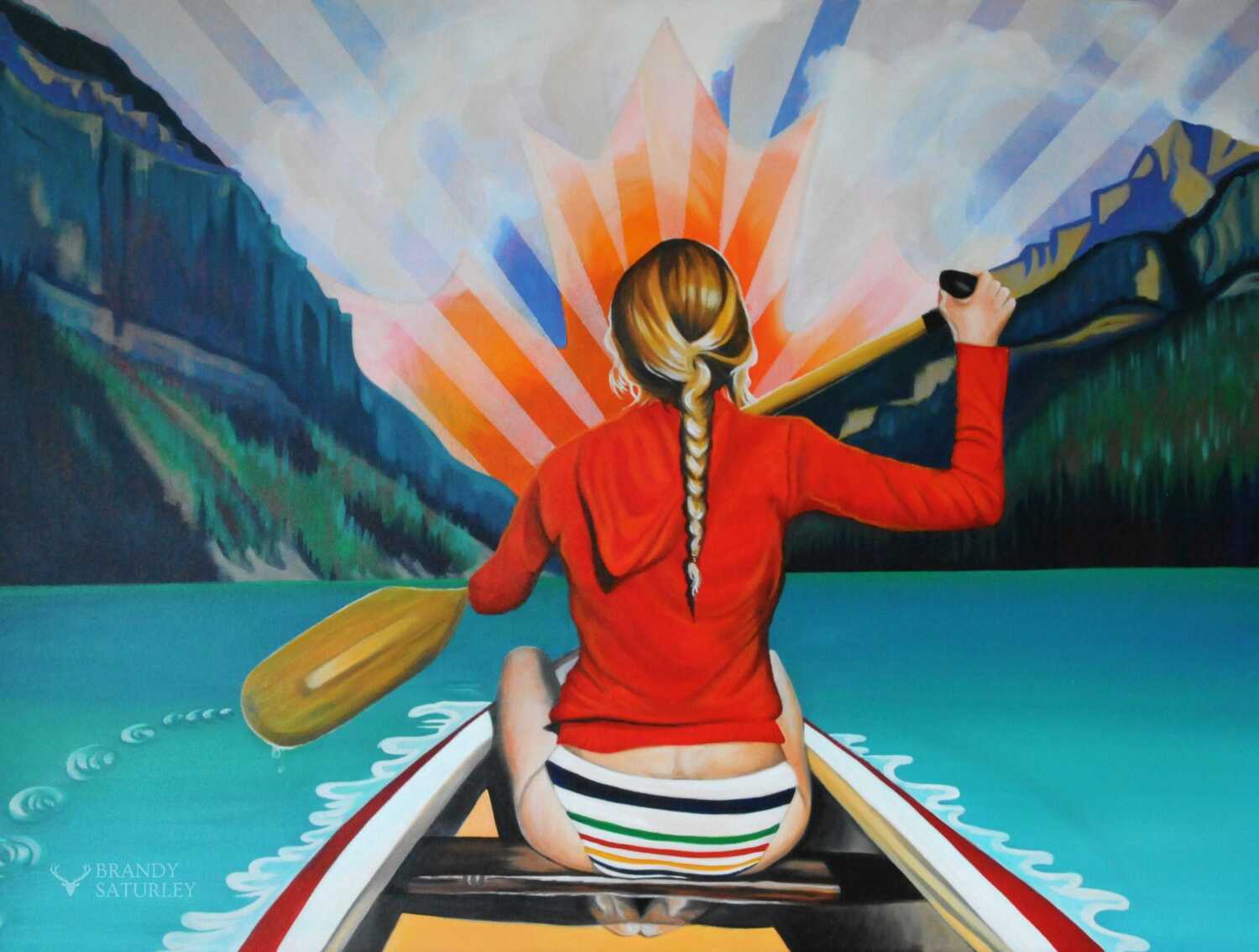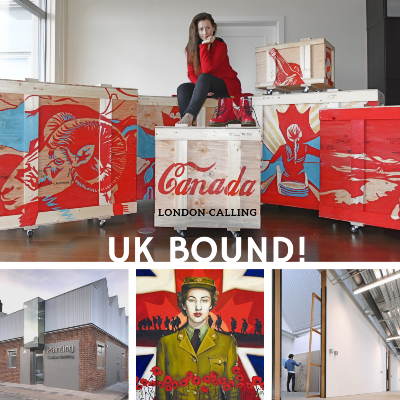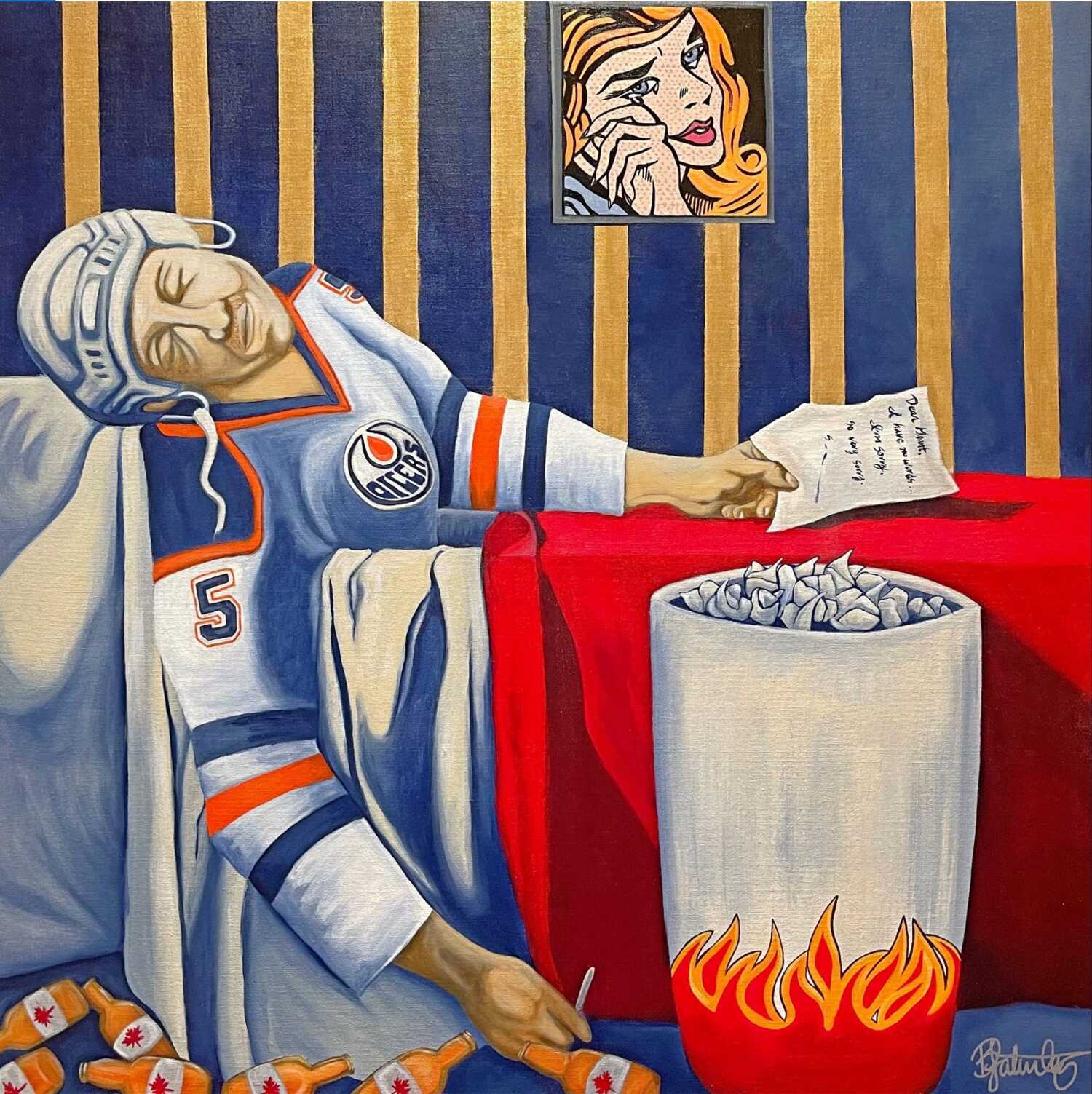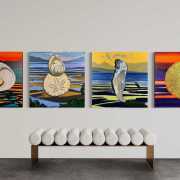Beyond the Group of Seven
Beyond the Group of Seven: Reimagining Canadian Iconography
When we think of Canadian art, the first images that often come to mind are sweeping wilderness landscapes – windswept pines, rocky shorelines, and snow-covered peaks – painted nearly a century ago by the Group of Seven.
Also sometimes known as the Algonquin School, the Group of Seven was a group of Canadian landscape painters from 1920 to 1933, originally consisting of Franklin Carmichael , Lawren Harris , A. Y. Jackson , Frank Johnston , Arthur Lismer , J. E. H. MacDonald , and Frederick Varley . Later, A. J. Casson was invited to join in 1926, Edwin Holgate became a member in 1930, and LeMoine FitzGerald joined in 1932. Two artists commonly associated with the group are Tom Thomson and Emily Carr.
Their work defined a national visual identity at a time when Canada was still shaping its cultural voice. But what does Canadian iconography look like today?
As a contemporary Canadian artist, I’ve long wrestled with this question. My practice has taken me across this country – from the remote reaches of the Northwest Territories to the coastal charm of Newfoundland – and with every province and territory, I’ve found new stories, symbols, and subtleties that challenge the traditional, postcard-ready view of Canada.
Yes, our landscapes are still powerful, but Canadian identity is no longer bound to pristine nature. It lives in roadside diners, hockey rinks, plaid shirts, protest signs, denim jackets pinned with poppies, and the layered histories of our cities and small towns. It’s in the music of The Tragically Hip, the quiet endurance of the everyman, and the vibrant resurgence of Indigenous visual language.
In my work, I often revisit symbols like the maple leaf, the beaver, or the canoe – not to replicate them, but to reframe them through a modern lens. Sometimes I juxtapose these icons with pop culture references, or place them in surreal, unexpected settings. I’m interested in how familiarity can invite deeper reflection when viewed from a new angle.
Reimagining Canadian iconography is about more than updating old motifs. It’s about listening to voices that were left out of the original canon. It’s about including urban stories, immigrant experiences, queer narratives, and Indigenous perspectives – not as sidebars, but as central to the ongoing story of this country.
The Group of Seven gave us a foundation. They helped establish a sense of place. But it’s time we build on that legacy with a richer, more inclusive visual language – one that reflects who we are now and where we’re going.
I believe Canadian art today is about complexity. It’s about contradictions, conversations, and connections. And maybe that’s our most iconic trait of all. See more of my paintings here.


